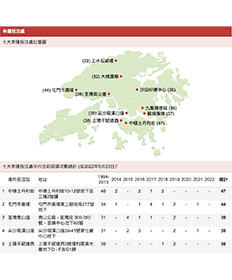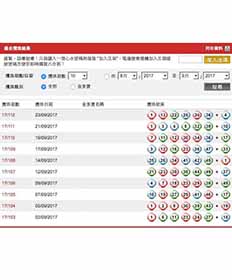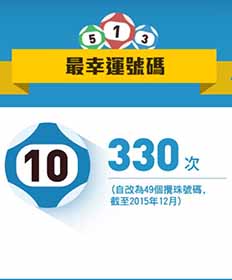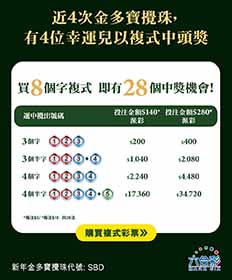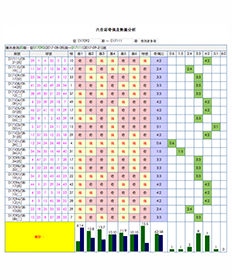搜尋結果
2022 Citation Impact 3.5 - 2-year Impact Factor 4.0 - 5-year Impact Factor 1.715 - SNIP (Source Normalized Impact per Paper) 0.990 - SJR (SCImago Journal Rank) 2023 Speed 10 days submission to first editorial decision for all manuscripts (Median) 219 days
2023年7月13日 · Background In rural China, exclusive breastfeeding (EBF) prevalence is low and hospitals often fail to attain baby-friendly feeding objectives, such as ≥ 75% of newborns exclusively breastfed from birth to discharge. Empirical evidence for the impact of increased hospital compliance with recommended feeding guidelines on continued EBF in rural China is lacking. We sought to measure and model ...
2023年9月5日 · Background In 2022 the Academy of Breastfeeding Medicine (ABM) published Clinical Protocol #36: The Mastitis Spectrum, which aims to update clinical approaches to management of benign lactation-related breast inflammation. The protocol has been timely because of the exponential increase in knowledge about the human milk microbiome over the past decade. This Commentary aims to continue ...
- Exclusive Breastfeeding
- Socio-Demographic Characteristics of Participants and Their Infants
- Breastfeeding Challenges
- Predictors of Exclusive Breastfeeding
The EBF rate among the 240 participants was 66.7%. While 160 of the participants reported to have practised EBF, the remaining 80 participants reported to have practised mixed or formula feeding.
The mean age of the participants was 27.72 (SD 5.13) and ranged from 19 to 39 years (Table 1). The majority of them were married (80.8%) and belonged to the Christian religion (76.7%). With regards to their educational background, few of the participants (1.7%) had no formal education. A significant number of them were employed (82.5%) while the re...
The top three breastfeeding challenges were: mothers’ perception of breastmilk alone not meeting their babies’ nutritional needs (mean 3.43 [SD 1.35]), short maternity leave period (mean 3.41 [SD 1.29]), and socio-cultural pressure to introduce water and artificial feeds (mean 3.39 [SD 1.28]) (Table 2). Apart from 3 out of the 11 validated challeng...
Participants’ socio-demographic characteristics (participant’s age, baby’s age, educational level, occupation) that were significantly different in both groups of mothers were cross-tabulated with EBF practice to explore the existence of any association or otherwise between these variables. After adjustment for all the factors that were significant...
2024年4月12日 · Background The World Health Organization and United Nations Children’s Fund recommend exclusive breastfeeding (EBF) for the first six months of an infant’s life. Although evidence suggests that maintaining breastfeeding has positive impacts on glucose and lipid metabolism in postpartum women with a history of gestational diabetes mellitus (GDM), no study has investigated whether such ...
2020年8月14日 · Background Exclusive breastfeeding (EBF) is recommended for the first six months of age by the World Health Organization. Mothers’ good knowledge and positive attitude play key roles in the process of exclusive breastfeeding practices. In this study, we report on a systematic review of the literature that aimed to examine the status of mothers’ knowledge, attitude, and practices related to ...
2019年6月11日 · Background Decisions about infant feeding are embedded and are continuously made within a woman’s social and cultural context. Despite the benefits of breastfeeding to both women and infants, and government policies and laws to protect and promote breastfeeding, breastfeeding in public remains a controversial issue. The purpose of this paper is to present findings from an Australian study ...


